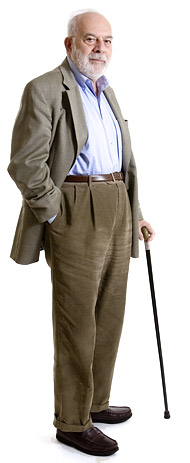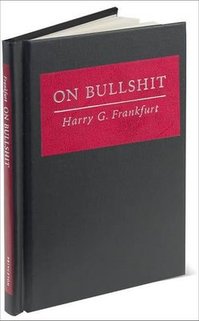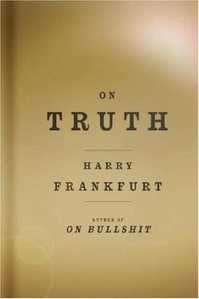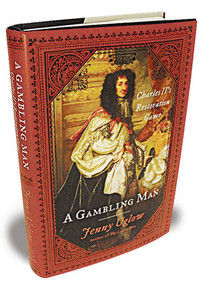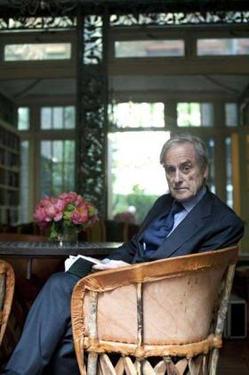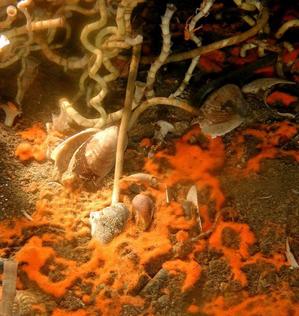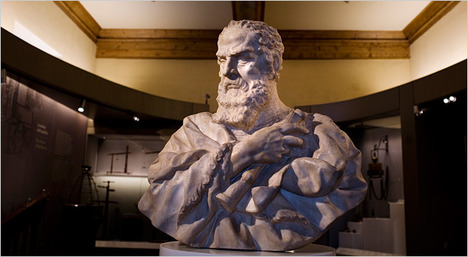(p. W3) . . . in today’s world, gale-like market forces–rapid globalization, accelerating innovation, relentless competition–have intensified what economist Joseph Schumpeter called the forces of “creative destruction.”
. . .
When I asked members of The Wall Street Journal’s CEO Council, a group of chief executives who meet each year to deliberate on issues of public interest, to name the most influential business book they had read, many cited Clayton Christensen’s “The Innovator’s Dilemma.” That book documents how market-leading companies have missed game-changing transformations in industry after industry–computers (mainframes to PCs), telephony (landline to mobile), photography (film to digital), stock markets (floor to online)–not because of “bad” management, but because they followed the dictates of “good” management. They listened closely to their customers. They carefully studied market trends. They allocated capital to the innovations that promised the largest returns. And in the process, they missed disruptive innovations that opened up new customers and markets for lower-margin, blockbuster products.
For the full commentary, see:
ALAN MURRAY. “The End of Management; Corporate bureaucracy is becoming obsolete. Why managers should act like venture capitalists.” The Wall Street Journal (Sat., AUGUST 21, 2010): A17.
(Note: ellipses added.)
The most complete and current account of Christensen’s views can be found in:
Christensen, Clayton M., and Michael E. Raynor. The Innovator’s Solution: Creating and Sustaining Successful Growth. Boston, MA: Harvard Business School Press, 2003.

